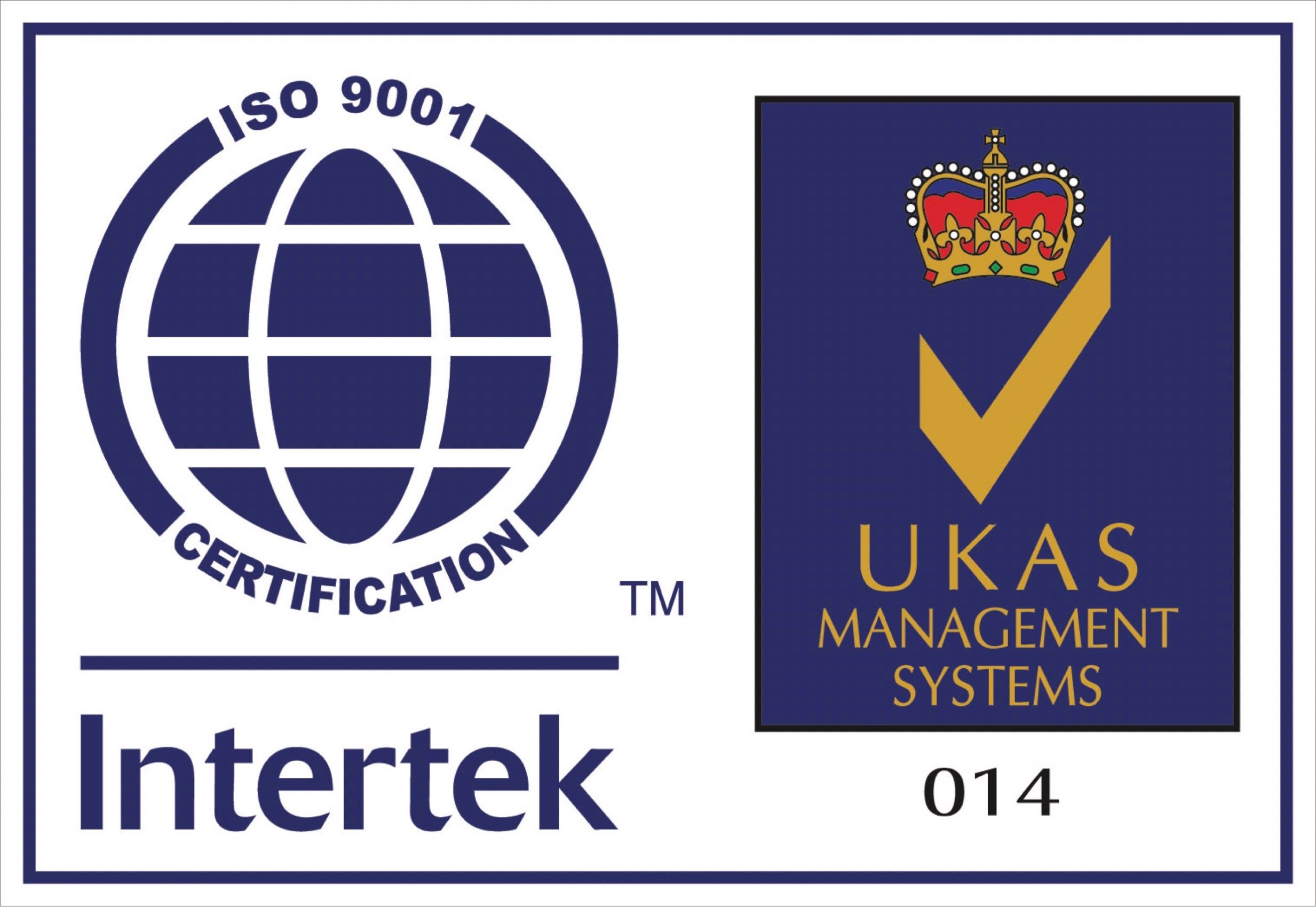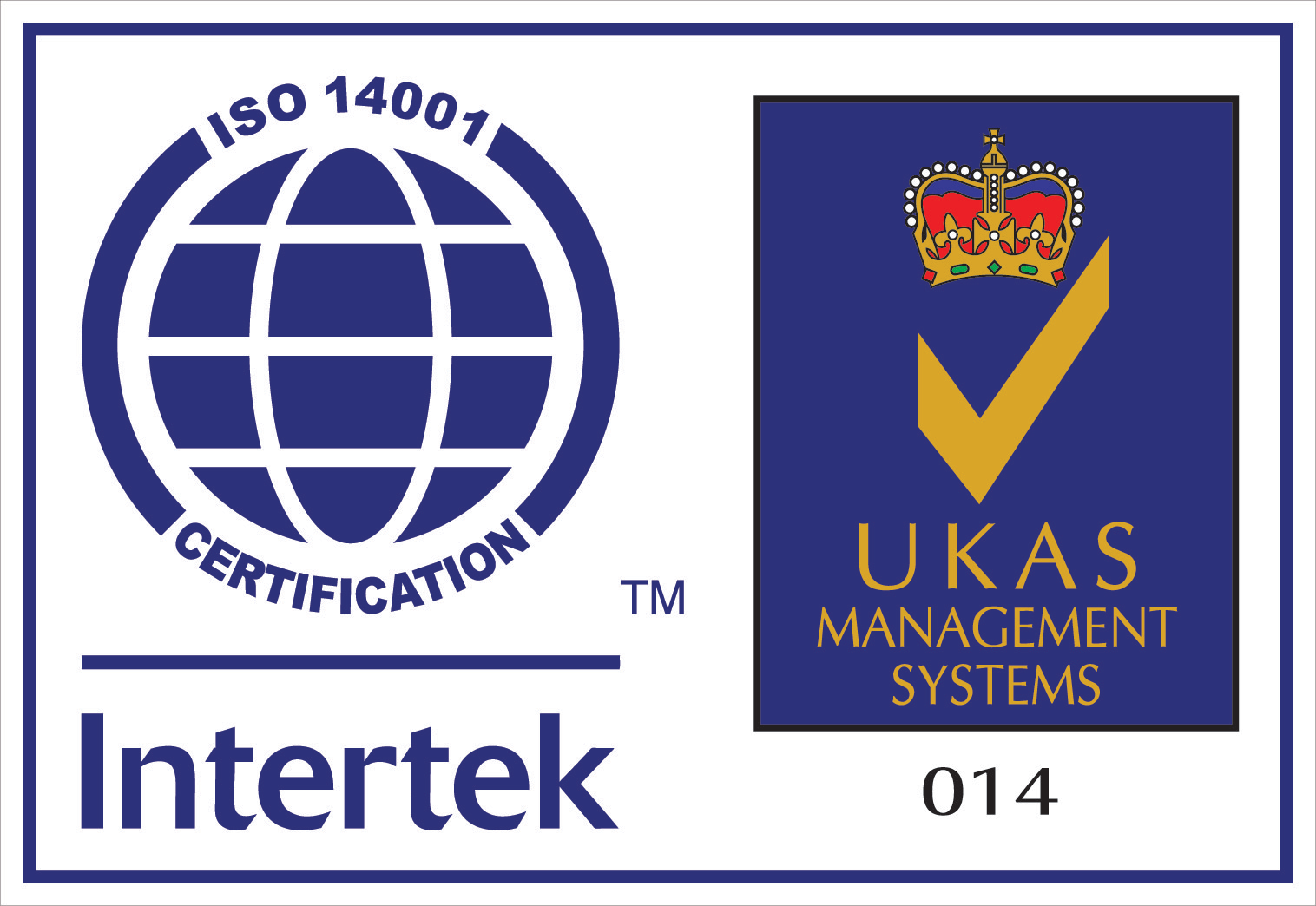Wastewater Treatment Equipment Global Market Report 2022
Rapidly Increasing Disposal of the Wastewater from the Industrial as Well as Residential Sectors Driving Growth
The global wastewater treatment equipment market is expected to grow at a compound annual growth rate (CAGR) of 4.2%. The growth is mainly due to the companies resuming their operations and adapting to the new normal while recovering from the COVID-19 impact, which had earlier led to restrictive containment measures involving social distancing, remote working, and the closure of commercial activities that resulted in operational challenges. The market is expected to reach $34.47 billion in 2025 at a CAGR of 4%.
The wastewater treatment equipment market is being driven by a rapidly increasing disposal of the wastewater from the industrial as well as residential sector. High quantity of wastewater being disposed is increasing the necessity to treat the water using wastewater treatment equipment. According to a research study published by the European Environment Agency (EEA), the percentage of the residential population disposing wastewater in northern European countries is always above 80 % out of which more than 70 % received tertiary wastewater treatment.
Furthermore, in central European countries, the proportion of the population connected to urban waste water treatment in southern, south-eastern and eastern Europe is 97% out of which 75% are receiving tertiary wastewater treatment. According to the international water association (IWA)’s wastewater report, Philippines accounted for about a million cubic meters of wastewater disposed every year by industrial sectors in the Manila Bay and Laguna Lake. These factors are driving the wastewater treatment equipment market.
The increasing use of Internet of Things (IoT) sensors is the latest trend in the wastewater treatment equipment market. The Internet of Things (IoT) is a network of physical devices that communicate over internet. The environmental sensors measure pollution causing particles in air and water, thereby monitoring air or water quality.
It also senses radiations and hazardous chemicals in the environment. A majority of the organizations that function in the water industry depend on the Supervisory Control and Data Acquisition (SCADA) systems to monitor the water distribution systems. The use of IoT in water systems uses smart sensors that detect information about the water quality, temperature changes, pressure changes and potentially any chemical leaks.

